Oud Agarwood
Why is agarwood so expensive?
Firstly, one of ours knows about agarwood, it is very especially of wood. A thousand years ago, it was known as “The Wood of the Gods”. Moreover, agarwood has been following through history for writing its great value. So we can find its story In the Nirvana Sutra, In the New Testament, or in the Sahih al-Bukhari Hadith. Therefore, the cost of agarwood is expensive.
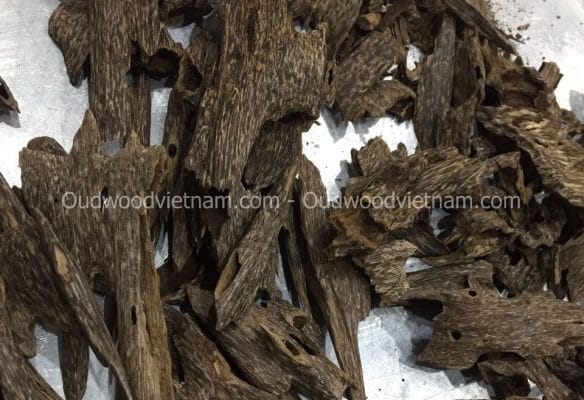
So, why is Agarwood so expensive?
1, The agarwood worth of thousand years of history
According to research, agarwood in the Nirvana Sutra was called “heavenly wood”. Likewise, it used to cremate Buddha. In the New Testament, it is used for anointing Jesus’ body after his crucifixion. So, agarwood is a product of wealth and luxury. It has been used for royal nobility for many centuries.
Nowadays, the product of agarwood’s keeps stable the same value, The global market of its is worth a staggering $32 billion, and it is expected to be $64 billion by the end of 2029.
2, How is difficult to find agarwood?
Agarwood is the crystallization of nature. For an experienced woodsman, in a larger woods in Vietnam, or another wood in the World, you need to have the destiny to find it. You may bet on your life, and face up to rain, wind, wild beasts, etc. There is a lot of danger in finding agarwood on those trips. Many people could not be coming back.
3, The benefits so expensive of agarwood
Above all, agarwood has many benefits. Agarwood oud has been more expensive than gold. For sure, that is true. Therefore, you can buy gold in a lot of stores or markets, but you want to buy real agarwood is not easy under any stress.
See more oud agarwood oil benefits here!
The first, agarwood benefit is the psychic effect. A lot of people choose agarwood bracelets to prevent unluckily or consider it as jewelry that only the rich can use.
In addition, the second, agarwood benefit is used for medical. It is used in East Asian Medicine, Chinese Medicine, etc. It has appeared in treating diseases, such as Rheumatism, Jaundice, Pleurisy, Lung and Stomach Tumors, Carminative Diuretic, etc. Of course, any medicine with agarwood ingredients is so expensive.
In other words, agarwood’s benefit is making essential oil. Oud oil is only one of the agarwood products, as we know essential oil is very expensive, and just only use it for enough money of richer, who can use it that is indeed aromatherapy for their body.
The reason it is expensive is that the way to make a drop of oud oils, is so long, and it takes a lot of “The Wood of the Gods” to distillate oud oil. It is worth every drop.
In conclusion, there are a lot of agarwood benefits, and the reason it is expensive is especially in use, one of the rare items, difficult to find in nature, and difficult to produce by humans. And how to find true agarwood products such as agarwood chips, agarwood oil, Ky Nam, agarwood bracelets, agarwood incense, and agarwood collection, needs buyer having general knowledge about agarwood, and finding a kindness seller.
So, how to buy real agarwood? Just click on oudwoodvietnam.com to see more oud agarwood products here!

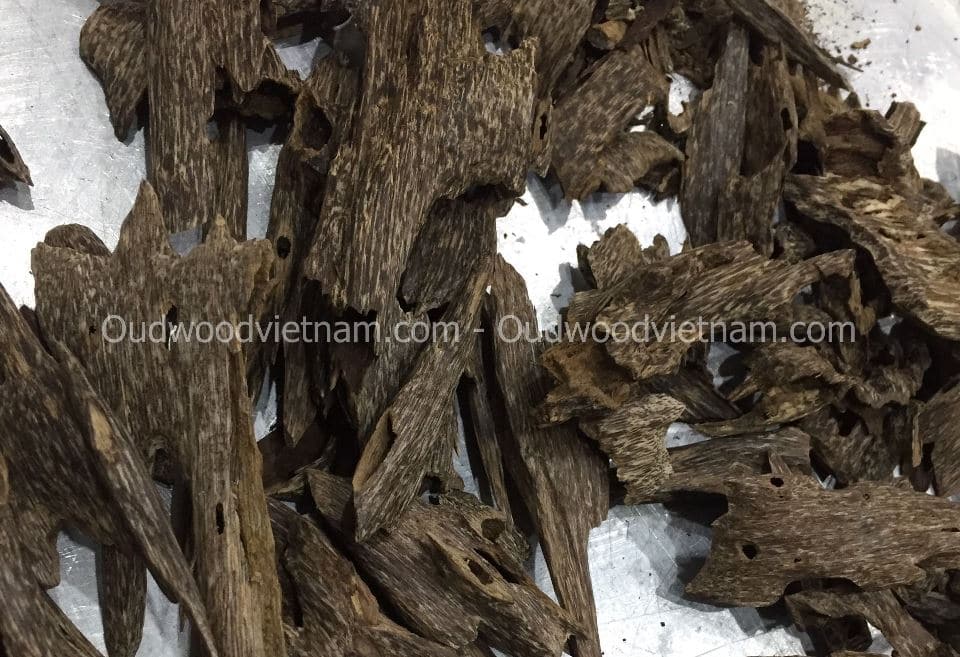
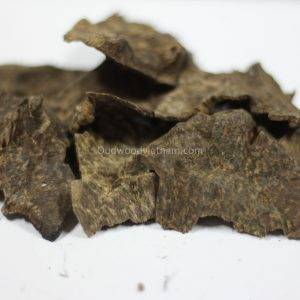
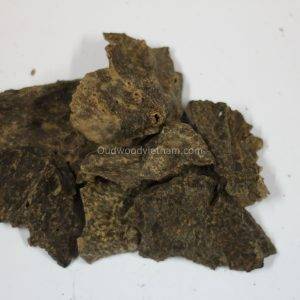
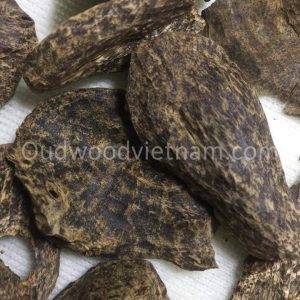

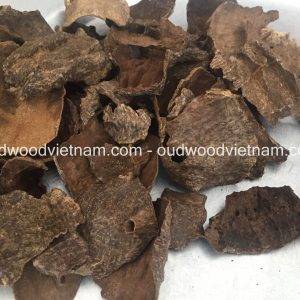
Pingback: Why is Vietnam agarwood so expensive - Oudwood Agarwood Vietnam
Pingback: Where can I buy real agarwood in Vietnam? - Oudwoodvietnam.com
Pingback: What are the benefits of agarwood? - OUD WOOD AGARWOOD KINAM